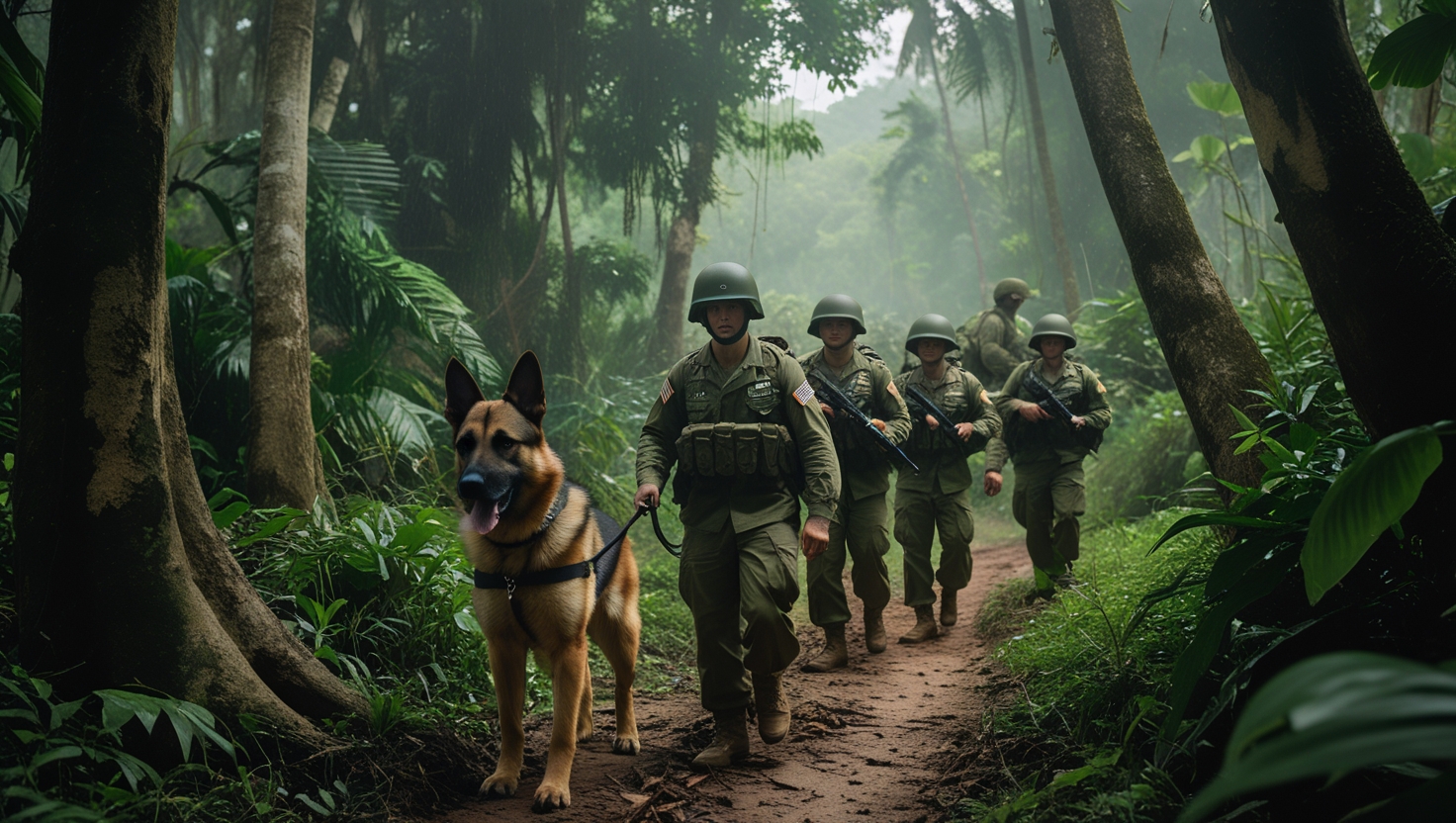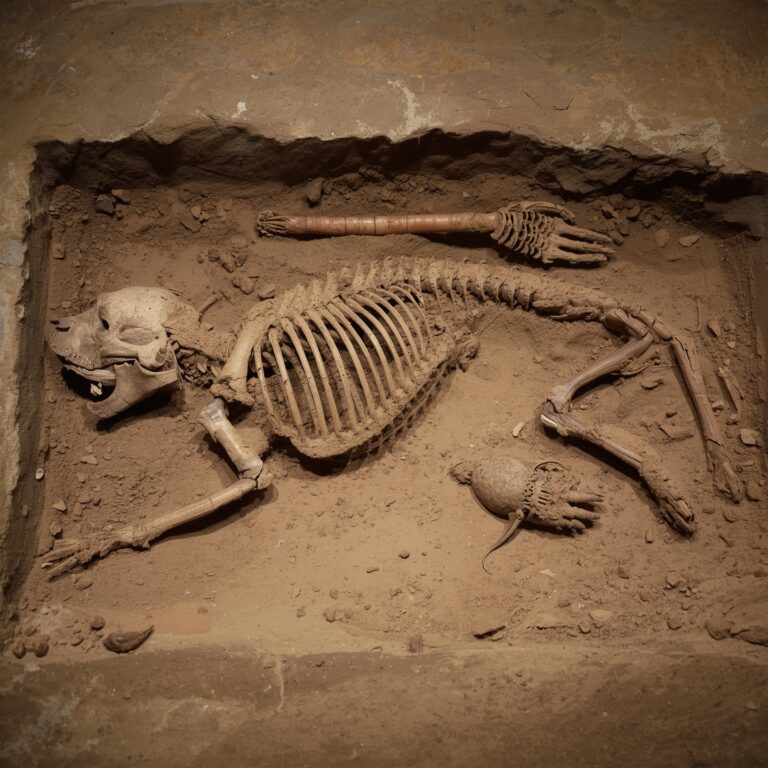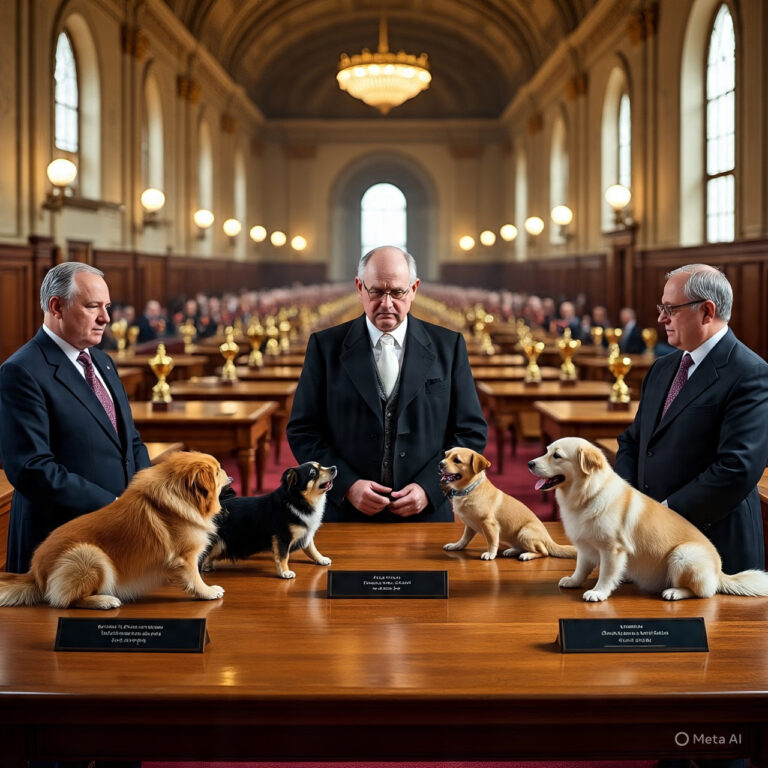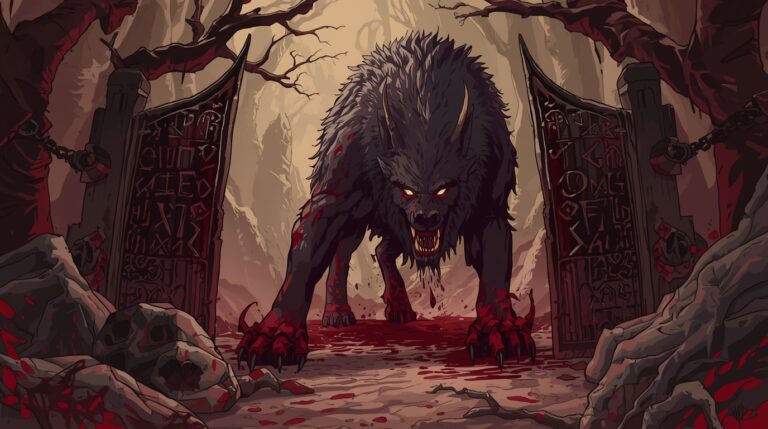The Role of Dogs in Vietnam and Modern Wars

Introduction to Dogs in Warfare
Dogs have served in war zones for centuries, utilized for their keen senses, loyalty, and intelligence. From ancient civilizations to contemporary militaries, dogs have played both combative and supportive roles. Their integration into the battlefield is driven by a unique ability to detect threats, provide emotional support, and complete tasks machines cannot replicate.
Origins of Military Working Dogs in the U.S.
The United States K9 Corps was officially formed during World War II, marking a formal recognition of dogs as legitimate military assets. Early programs focused on sentry and message delivery tasks, eventually evolving into more complex duties like tracking and bomb detection. These foundations would later influence operations in Vietnam and beyond.
The Strategic Role of Dogs During the Vietnam War
Vietnam marked the largest deployment of military working dogs (MWDs) in U.S. history. Over 4,000 dogs and 10,000 handlers served, primarily in jungle terrain. Dogs became crucial in patrol operations, camp security, and detecting ambushes. Their contribution fundamentally changed small-unit tactics and reduced casualty rates among U.S. forces.
Combat Roles of Dogs in Vietnam
In Vietnam, dogs were assigned specific roles based on their training and instinct. Scout Dogs led patrols and silently alerted soldiers to nearby threats. Sentry Dogs guarded military perimeters, especially at night. Tracker Dogs pursued fleeing enemies. Each role contributed to the safety and efficiency of military operations in hostile environments.
Training Methods During the Vietnam Era
Dogs underwent intensive training before deployment. Methods included tactical obedience, scent recognition, and silence during alerts. Communication between dog handlers and dogs was non-verbal, relying on body language. Training centers in the U.S. and Southeast Asia ensured dogs were acclimated to both combat and jungle conditions.
Psychological and Emotional Impact of Dogs on Soldiers
Beyond tactical roles, dogs played an emotional part in the lives of soldiers. Handlers formed intense bonds with their dogs, often describing them as fellow soldiers. These relationships boosted morale, helped combat loneliness, and provided emotional stability during long, stressful deployments.
Notable War Dogs of Vietnam
Several dogs emerged as heroes during the war. One such dog, Nemo A534, protected his handler during an attack and continued fighting despite serious injuries. These canines were often recognized with medals or citations, although many received little public acknowledgment during their service years.
Challenges Faced by Military Dogs in Vietnam
The Vietnamese jungle posed severe threats to military dogs. They endured extreme humidity, diseases like malaria and leptospirosis, and frequent combat injuries. Many suffered from exhaustion and malnourishment. The average lifespan of a dog deployed in Vietnam was significantly shortened due to these harsh conditions.
Post-War Treatment and Fate of Vietnam War Dogs
Despite their valor, 90% of military dogs were classified as “equipment” and either euthanized or abandoned after the war. This policy outraged handlers and the public. Many soldiers suffered emotional trauma after being forced to leave their partners behind. The backlash led to future changes in military dog retirement policies.
Lessons Learned from Vietnam’s War Dogs
The Vietnam War taught military planners valuable lessons about the strategic deployment of canines. Dogs significantly improved troop safety and operational success. Their contributions led to permanent incorporation of K9 units into various branches of the U.S. military, paving the way for improved training and care standards.
Transition to Modern Military Dog Use
After Vietnam, K9 programs evolved in both scale and sophistication. The rise of asymmetric warfare, terrorism, and IED threats gave dogs a new purpose in modern combat zones. Today’s military dogs are more specialized, better equipped, and treated as legitimate soldiers rather than mere tools.
Dog Roles in 21st Century Warfare
In the wars in Iraq and Afghanistan, dogs became frontline tools for IED detection, a skill that saved thousands of lives. They also played roles in search and rescue, tunnel exploration, and assisting in special forces missions. Their ability to detect explosives, drugs, and hidden enemies continues to outmatch any available technology.
Modern Breeds and Training Protocols
The Belgian Malinois has largely replaced the German Shepherd in modern warfare due to its lighter build, agility, and intense drive. Modern training now includes urban warfare, parachuting, repelling, and helicopter insertions. Military dogs today must meet rigorous physical and psychological standards.
Technological Enhancements for K9 Units
Military dogs are now equipped with camera-mounted vests, GPS trackers, and lightweight ballistic armor. These tools enable real-time communication with handlers and command units. Some dogs also work in tandem with drones and robotic reconnaissance units, combining biological instincts with high-tech warfare tools.
Dog Handler Relationships Today
Handlers now receive formal training not just in dog control but in canine psychology. The bond between handler and dog is protected and prioritized. Programs also allow handlers to adopt their dogs post-service, maintaining emotional continuity and providing the dog a peaceful retirement.
The Ethical Debate Around Dogs in Combat
The use of dogs in warfare raises ethical questions. While they voluntarily perform tasks and exhibit enthusiasm, critics argue they cannot consent to dangerous missions. The military has responded with improvements in veterinary care, psychological evaluations, and retirement programs to ensure humane treatment.
International Use of Dogs in Modern Conflicts
Countries like Israel, Russia, the UK, and Germany maintain elite canine units. Israel’s Oketz Unit, for instance, is globally respected for its counterterrorism operations. NATO collaborates on joint K9 training, sharing protocols for detection, rescue, and neutralization across various terrain types and conflict zones.
Canines in Counterterrorism and Homeland Security
Military dogs are not confined to battlefields. They now serve in homeland defense, protecting airports, embassies, public events, and transportation hubs. Their primary tasks include narcotics detection, explosive sweeps, and civil unrest control. Civilian law enforcement increasingly mirrors military K9 methods.
Public Perception and Cultural Impact
Dogs in combat have captured public imagination. Documentaries, books, and films such as Megan Leavey and Max depict their stories. The public now views them not only as heroes but as soldiers deserving of rights, care, and respect—leading to broader support for military dog welfare legislation.
Future of Military Dogs
While AI and robotics are advancing, dogs continue to offer unmatched instinctive detection and emotional connection. The future will likely see fewer but more elite military dogs. These canines will be integrated with tech but also provided higher standards of protection, care, and retirement options.
Conclusion
From the dense jungles of Vietnam to the deserts of Afghanistan, dogs have proven themselves as essential military partners. Their evolution from equipment to recognized soldiers highlights not just their tactical value, but their emotional and moral significance. Their story is one of loyalty, courage, and the enduring bond between species—etched permanently in the annals of modern warfare.





